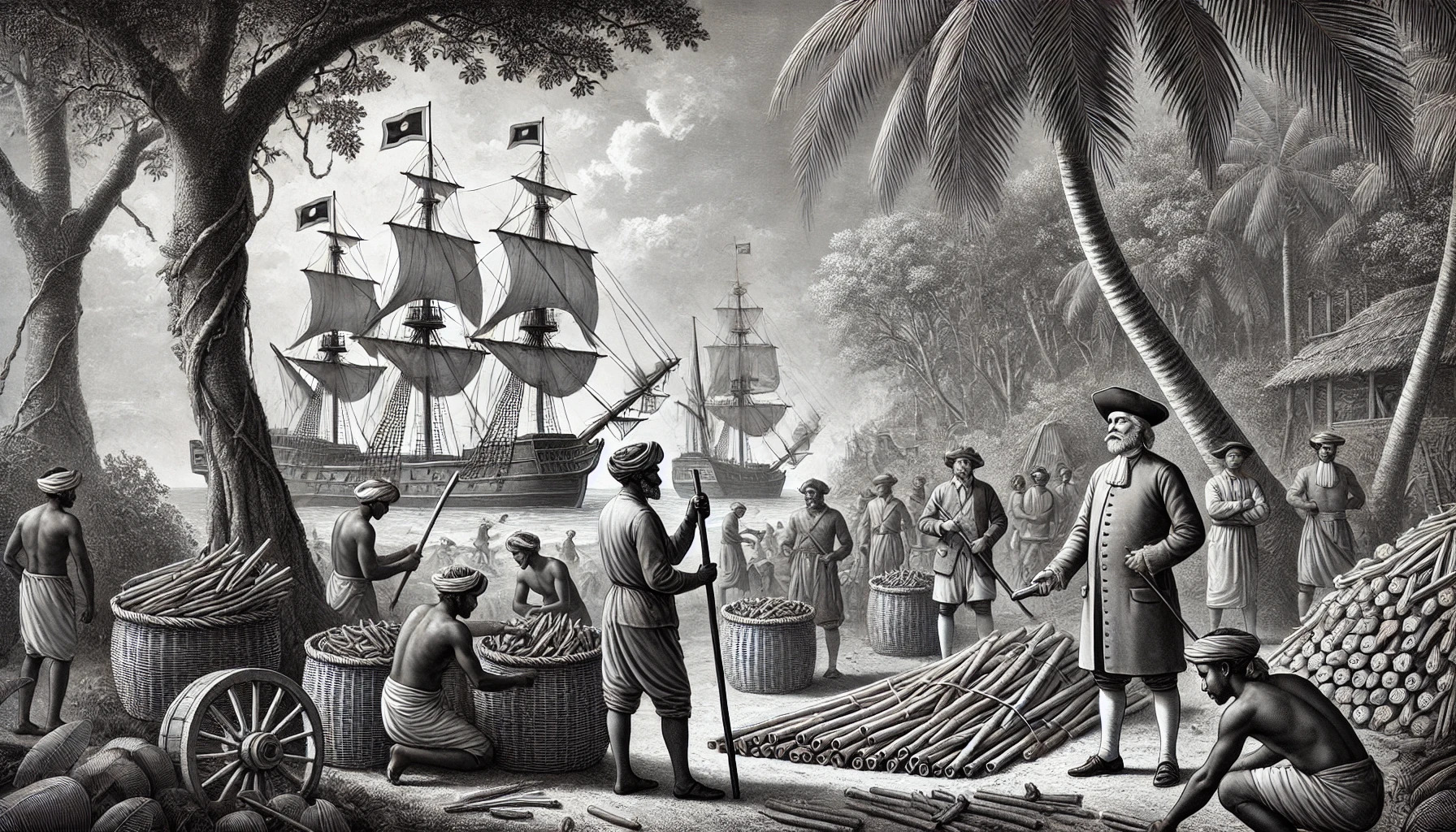Ancient documents indicate that cinnamon has been consumed by humans for thousands of years. The Egyptians used it to preserve bodies during the embalming process, and cinnamon is mentioned in the Old Testament as an ingredient in the divine drink.
Cinnamon was brought to Europe by Arab traders and was especially important to Europe because it could be used as a preservative for meats during the winter. Although cinnamon is widely used around the world, Arab traders managed to keep its origin a secret from Europeans until the early 16th century. To maintain their monopoly on the cinnamon trade and justify its high price, Arab merchants told their buyers colorful, fanciful stories about where and how they obtained this beneficial spice.
The Portuguese seized the cinnamon trade, which had been held by the Muslims and Sinhalese kings, in the late 16th century and made huge profits from it. With the arrival of the Dutch in Asia in the 17th century, the Portuguese cinnamon trade monopoly collapsed, and the golden age of the cinnamon industry in Sri Lanka was recorded during the Dutch period. In 1766, Sri Lanka entered into a treaty with the Dutch (the Treaty of Hanguranketha) which granted the Dutch permission to cut and crush cinnamon in the forested areas of the island. In return, the Dutch agreed to protect the kingdom from foreign invasions.
In 1796, the Dutch were defeated the British and took control of the coastal areas of Sri Lanka, completely destroying the Dutch’s cinnamon monopoly. Initially, the English made a huge profit from the cinnamon trade, but by the mid-19th century, cinnamon cultivation began to decline as a cheaper substitute, cassia cinnamon, invaded the world market.




